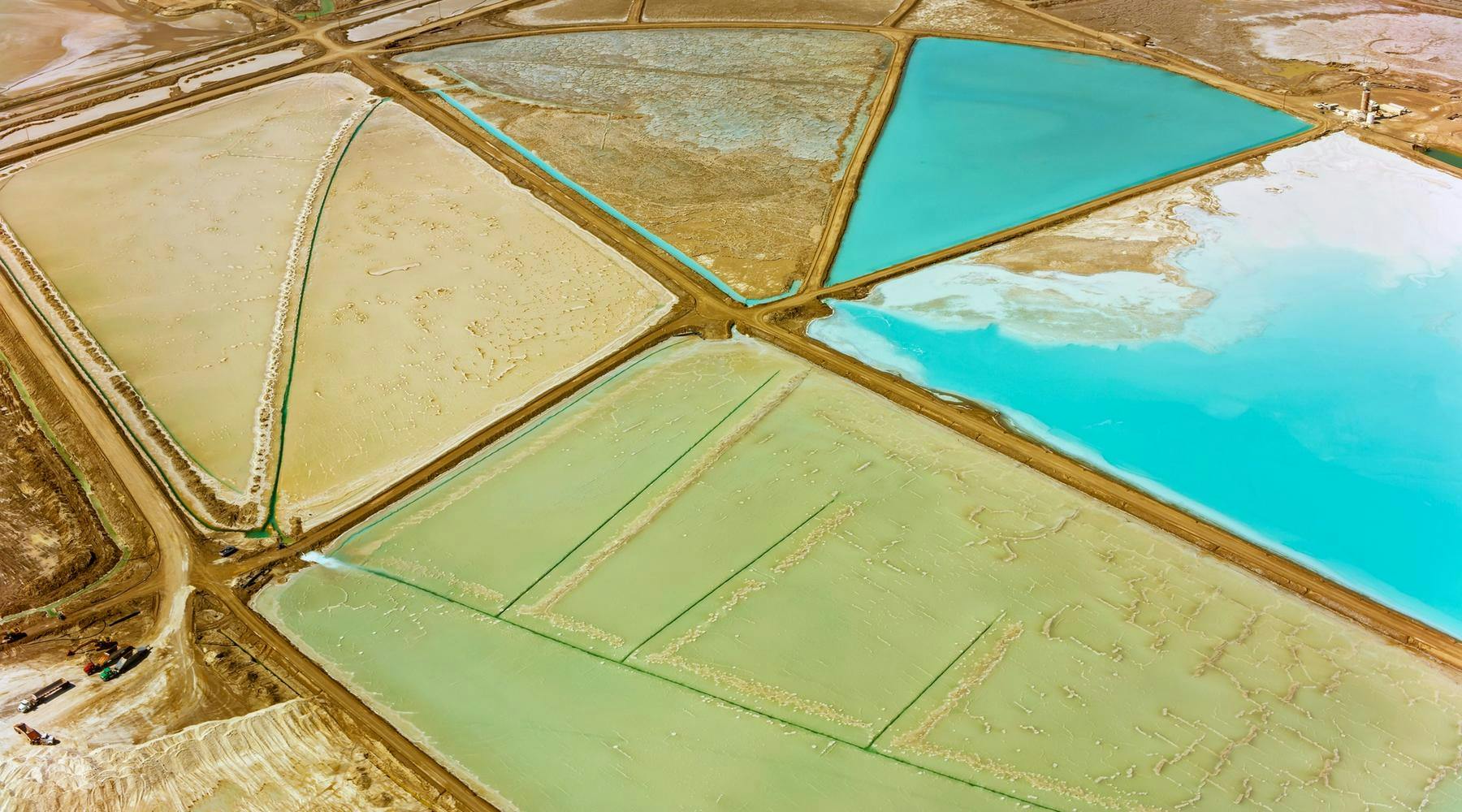In recent times, it has become increasingly difficult for smaller base and precious metals companies, particularly in Asia-Pacific, Africa and North America, to secure funding for continued exploration and project development. This difficulty, combined with significant new opportunities in critical minerals, has driven many of these organisations to consider pivoting or diversifying their commodity strategy.
“Conventional funding sources are directing less investment into the smaller and mid-tier base and precious metals mining companies, and the recent drop in prices for commodities – nickel, in particular – is further driving this thinking,” explains Paul Howard, Managing Partner for Gerard Daniels in the Americas. “In making themselves attractive to investors, the strategic question these organisations face is whether to now diversify and make the pivot into critical minerals; or wait for the market to recover and investor sentiment (in base and precious metals) to return and lead to higher levels of funding support.”
The leadership challenge
In pivoting towards critical minerals, the leadership challenge for Boards and leadership teams can be substantial, depending on the approach taken.
“When mining organisations diversify their commodity strategy, they have the choice of expanding exploration efforts to include critical minerals that may be latent within existing tenement packages, and/or acquiring new tenements prospective for critical minerals,” says Paul. “They must also be clear on the leadership needs of the organisation, and the broader talent and capability requirement.”
“In some lucky cases, this shift is geologically straightforward – it’s a case of looking for something different in the existing ground and deciding on the revised strategy to explore for it,” says Paul. “From a people perspective it is more complex, and if you don’t approach this shift the right way or don’t seem genuine in these new endeavours, you might not get the support that you need.”
Building the right team
Having the right team and organisational design in place is critical to a successful pivot towards critical minerals, yet this move is often made with the assumption that the current team can deliver on this change. “When organisations need to make a strategic shift, a comprehensive and independent review of the current organisational leadership should be conducted,” says Paul. “Doing this as early as possible allows time for the necessary changes to be made.”
In addition to reviewing the current leadership, mining organisations must also assess and grow professional capability in key areas like exploration, processing and specialist functions like ESG, sales and marketing. “Partnering with an experienced search consultancy can help to determine any new skills that are needed. It can also provide access to national and global networks across the critical mineral commodities, ensuring the right talent can be sourced to fill these gaps,” says Paul.
Driving new entities
To diversify into critical minerals some of the larger mining organisations with traditional resources divisions are forming joint ventures – an approach that brings some unique challenges.
“In terms of capacity, creating new entities like joint ventures requires new appointments to be made, and the formation of new Boards and leadership teams to guide these operations,” says Paul. “Strong commercial and negotiation skills are also needed to establish these ventures, and aligning what can be quite different organisational cultures requires some unique leadership skills too.”
Recruitment trends and people challenges
Delivering on significant strategic change requires the right expertise, but when this expertise is in high demand, the talent isn’t always easy to come by.
“Some of the commodities in the critical minerals space – like copper, nickel and manganese – are quite common, and finding the right skills and experience in this space can be relatively straightforward,” says Paul. “But for some of the specialty minerals, like graphite, lithium, rare-earth elements (REE) and high purity alumina, there isn’t the same depth of experience, making it much harder to find talent to lead in these areas.”
“Where experience is hard to come by you should look for transferable skills,” Paul continues. “By conducting a rigorous search process, you can identify talented candidates with the relevant experience and transferrable technical expertise – talent that can often be found in associated or very different industries. In the commercial areas candidates can bring relevant connections or networks in the financial markets, and transferrable skills in sales and marketing that are useful to these new endeavours.”
Specialist functions
Compared to other industries, building sales and marketing functions can be particularly challenging for gold companies looking to diversify.
“To get new projects up and running when you're operating in an openly traded market you need solid commercial agreements in place very early in the cycle, and sales and marketing expertise is essential for building these relationships,” says Paul. “But as gold mining companies often sell their product (i.e. gold doré) straight to a known entity (like gold refineries), they don’t tend to have particularly sophisticated sales and marketing functions. When they shift to different commodities, this becomes a whole new skillset that is needed.”
“When you move away from base or precious metals industries towards critical minerals, there is also a lot more scrutiny of your ESG performance, making this another area where the demand for talent is strong,” Paul continues.
If the talent market is tight, it can be hard to get a good result quickly. Without experience in critical minerals, it can take time to penetrate some of the more specialist candidate markets. To expedite these processes, Gerard Daniels can assist with leadership reviews and organisational design processes to understand the talent requirement. Through its highly experienced executive searchteams, it can then connect mining organisations with specialist talent and capability and help with the appointment of exceptional future leaders that will deliver on the critical minerals strategy.
Considering a new critical minerals strategy for your mining organisation? Connect with Paul or reach out to your local Gerard Daniels team today.







